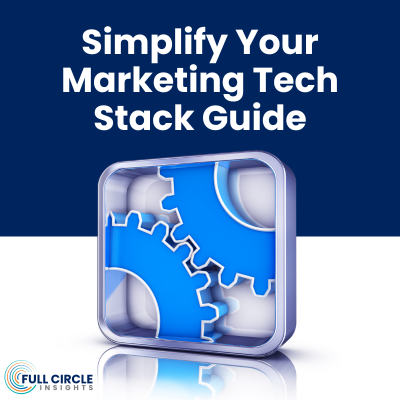The title says it all and I will strive to keep this high level because obviously the business, management, product, market space and sales rep acumen all have implications on dictating unique sales processes.
Let’s first think about funnel tracking. The ability to track records through the demand generation funnel accurately is directly tied to Sales reps’ effective use of key Salesforce components like Lead Status and Opportunity Stage values because these typically trigger funnel stage attainments. If reps choose to ignore these values as they engage with Leads or Contacts then there will effectively be no movement through the funnel as the Opportunity progresses or at best there will be inaccurate movement through the funnel. This will in turn create incomplete data sets that will affect the accuracy of both Marketing and Sales’ velocity, volume, and conversion rate metrics through the funnel.
Sales process can also have significant affect on the accuracy of Marketing’s Campaign attribution metrics. While there are 6 different ways to create Opportunities in Salesforce, only two of these automatically associate a Campaign to an Opportunity upon creation (creating an Opportunity from a Lead or Contact record). Because Leads and Contacts have Campaigns associated to them, this info will roll up to an Opportunity as long as it’s creation takes place from a Lead or Contact. That being said, all too often I engage with companies who have no visibility or insight into where an Opportunity came from (what Campaign?). For Marketing to achieve any kind of accurate Campaign attribution or ROI metrics is impossible if there are no Campaigns tied an Opportunity.
Finally, sales process has a large impact on how Marketing understands Campaign Influence (the influence of each Campaign on an Opportunity across all contact roles involved in that Opportunity). Let’s say our Sales team succeeded in creating an Opportunity from a Lead or Contact, ensuring that at least one Campaign has been associated with the Opportunity. We still only have the Campaign(s) from that one individual on our Opportunity. But the fact of the matter is that there are likely additional individuals at that prospective company who were involved in the discussion during the sale and had some level of impact on the final decision. Unless Sales reps manually add these Contact roles to the Opportunity though, Marketing will never see all the Campaigns associated with that Opportunity that influenced those other individuals. Therefore, both Marketing and Sales end up with an incomplete view of all the Campaigns on that Opportunity which results in inaccurate Campaign Influence metrics.
To conclude, I understand that changing rep behavior is a daunting task and easier said then done, but we have some clever ways to ensure this sort of visibility while minimizing behavioral changes to your Sales team. The key to solving your reporting challenges could be easier than you think! That being said understanding how rep behavior can affect your visibility is the first step towards accurate and trustworthy marketing data.




